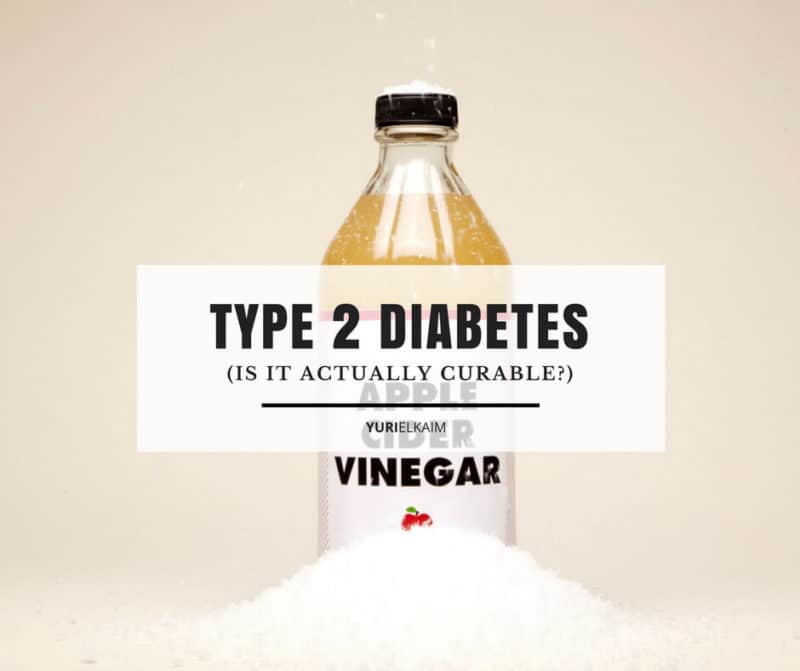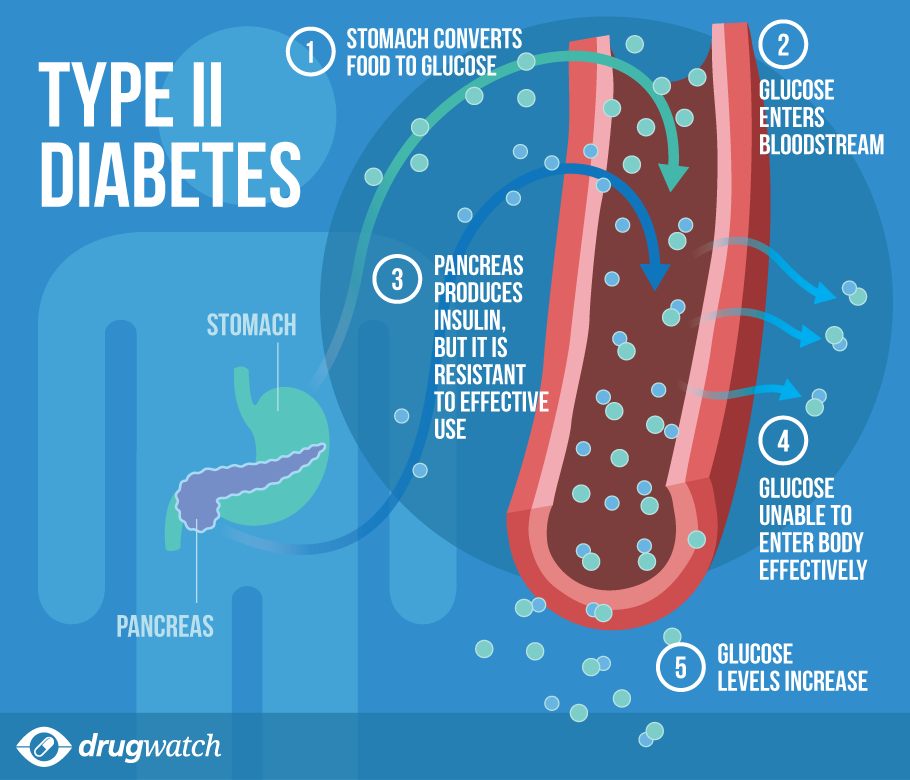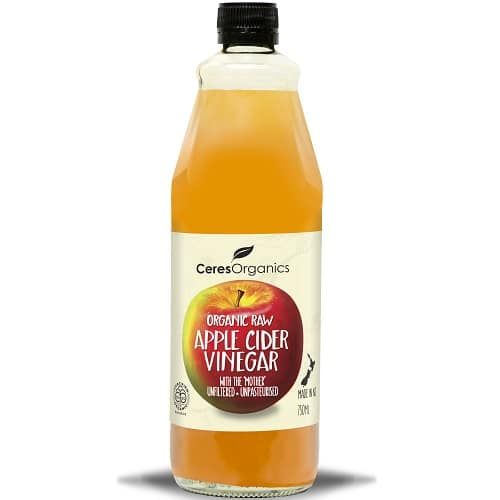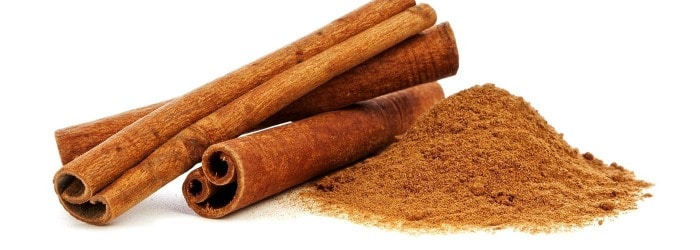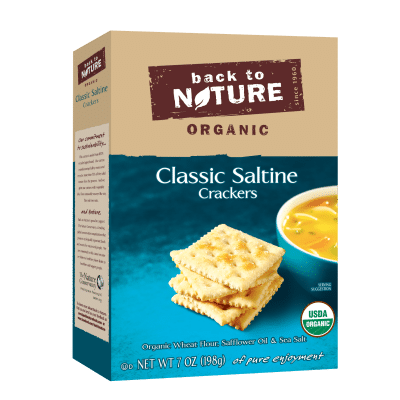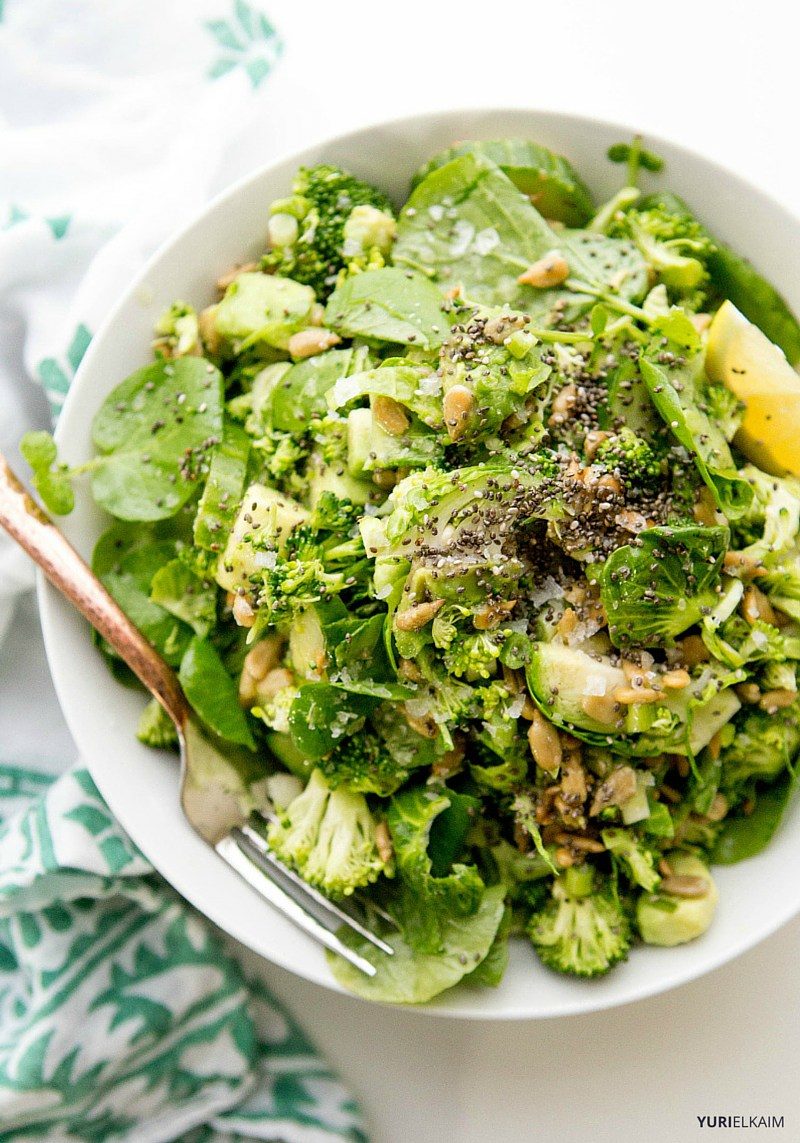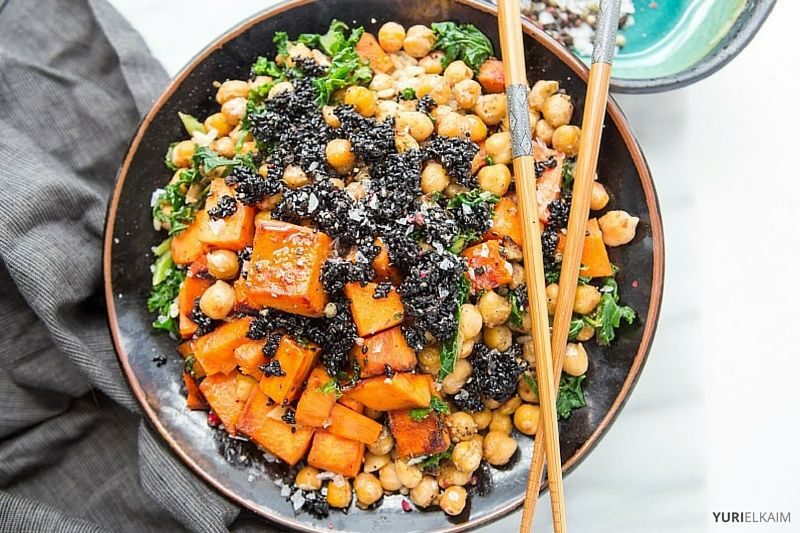If you’ve been diagnosed with type 2 diabetes, you can probably relate to the feeling of helplessness and sheer devastation that comes along with it.
It’s scary – and it’s a problem that’s spreading fast. In fact, almost 10 percent of Americans have diabetes, and nearly a third are undiagnosed.
Plus, a shocking 1.4 million Americans are diagnosed with diabetes every single year (1).
It’s pretty clear that diabetes is becoming a widespread issue and the truth is that it will affect all of us at one point or another, either directly or indirectly.
But let’s be clear: a diagnosis of diabetes is not a death sentence.
If you’ve been told you have prediabetes or type 2 diabetes, there is hope.
And the first step to treating your diabetes is arming yourself with the knowledge of what’s going on in your body so that you can learn how to cure type 2 diabetes permanently. Let’s get started.
Diabetes 101: It’s Not Just Sugar
Most people think that diabetes is just a problem with blood sugar.
Many doctors and health practitioners often simplify their explanation of diabetes, boiling it down to just having too much sugar in the blood because that’s easier than really explaining the full scope of the problem.
To really get started with reversing type 2 diabetes naturally, though, it’s important to get the full picture.
It starts with the food that we eat, which is all converted into glucose, a type of sugar that our body uses for energy.
When we eat, our pancreas produces a hormone known as insulin, which is what takes that glucose from our blood into the cells of our body, so that we can use it for energy.
When it comes to diabetes, the problem really isn’t with our blood sugar. It’s with the insulin.
For those with type 1 diabetes, the pancreas isn’t able to produce insulin the way it needs to, meaning all that glucose gets “stuck” and isn’t able to be transported to the cells to be used as energy.
But with type 2 diabetes, the pancreas is able to produce plenty of insulin, but it isn’t using it efficiently, leading to the same problem.
Source: drugwatch
Diabetes can cause all kinds of symptoms, including:
- excessive thirst,
- unintentional weight loss,
- frequent urination,
- dry skin, and
- fatigue.
These are all signals that your body’s insulin isn’t working the way it’s supposed to and your cells aren’t getting the glucose that they need.
A lot of times, this can happen because of a condition called insulin resistance.
What this means is that you actually have too much insulin floating around in your system, and it causes your cells to become desensitized and pretty much stop responding to insulin altogether.
This means that the glucose in your blood just stays there, keeping your blood sugar high and preventing the rest of your body from getting the energy it needs to survive.
The good news is that type 2 diabetes is 100 percent related to lifestyle, which means that it can also be prevented and cured by modifying things like diet and exercise.
Is Type 2 Diabetes Curable?
Here are a few of the best things that you can do to reverse your diabetes once and for all.
1. Get More Sunshine (or add Vitamin D)
More and more emerging research is showing that there’s a link between diabetes and vitamin D.
Known as the “sunshine vitamin,” vitamin D can play a big role in diabetes by optimizing glucose metabolism and regulating blood glucose. Studies have found that adequate levels of vitamin D can slash the risk of diabetes by a third (1).
While vitamin D is naturally present in some foods and fortified in others, the best source of vitamin D is sunlight. Most sources recommend 5 to 30 minutes of sun exposure at least twice a week to meet vitamin D needs.
For those with limited sun exposure, supplementation may be necessary to make sure you’re meeting your needs. Consult with your doctor to see if a vitamin D supplement is the right choice for you.
2. Drink Apple Cider Vinegar
If you’re a regular reader of my blog, you probably know that I’m a pretty big fan of apple cider vinegar. From promoting weight loss to easing inflammation, it’s one of my favorite natural remedies for supporting overall health.
But did you know that apple cider vinegar can also be beneficial when it comes to diabetes?
Apple cider vinegar reduces the glycemic load of foods, which basically means that it blunts the spike in blood sugar you might get after eating starchy or sugary foods. This can help keep blood sugar levels stable, which is one of the most important things you can do if you have diabetes.
I recommend dissolving a few teaspoons of apple cider vinegar in some water and drinking before each meal to get the full effect. Also, check out a few of my ACV drink recipes that you can whip up and enjoy between meals.
- An Apple Cider Vinegar Tonic That Will Boost Your Health
- Hawaiian Apple Cider Vinegar Drink
- Apple Cider Vinegar Detox Soda Drink
3. Get Moving
Regular exercise has tons of health benefits, and its effect on glycemic control is just the icing on the cake – figuratively speaking, of course.
According to the American Diabetes Association, exercise works to lower blood sugar in two ways.
First, it increases insulin sensitivity, so your body can use the insulin it has to transport glucose out of the blood and into cells more efficiently.
Second, the muscle contractions during exercise help your cells to take up glucose for use as energy, regardless of whether or not insulin is available (2).
High intensity exercise, which is a form of intense but brief interval training, has been proven to be especially beneficial for diabetes. One study found that interval training improved insulin sensitivity and lowered blood glucose levels when done regularly (3).
4. Spice Up Your Food
Next time you get a craving for something sweet, reach for the spice cabinet instead of the sugar.
Adding healthy spices to your food is one of the easiest ways to improve your blood sugar, plus add flavor and palatability to your plate without loading up on the sweets.
Cinnamon, for example, can decrease blood sugar levels, plus helps lower triglycerides and cholesterol too. Add it in place of sugar to sweeten up foods with a diabetes-busting bonus (4).
Turmeric, a spice that contains curcumin, has been shown to stop the progression of diabetes in those at risk for developing it. It works by improving the function of the cells that produce insulin in the pancreas while also reducing inflammation.
Toss some turmeric into roasted veggies or add it to soups, smoothies, or greens to take advantage of its blood sugar benefits (5).
Try these recipes:
- Turmeric Vitality Drink
- Anti-Aging Turmeric Elixir
- How to Roast Cauliflower in the Oven (BONUS Turmeric Recipe)
- 23 Awesome Turmeric Recipes That Will Spice Up Your Health
5. Cut out Processed Foods
Unfortunately, most processed foods are full of stuff that’s bad for us – especially sugar.
One of the very best things you can do for your health, regardless of whether you’re diabetic or not, is take processed foods out of your diet.
This can be challenging with all the convenient processed foods available out there, but sticking to real, whole foods can cut out the excess sugar and junk to keep blood sugar levels right where they should be.
6. Eat more Resistant Starch
Creamy No-Mayonnaise Potato Salad
Resistant starch is one of the best-kept secrets when it comes to naturally treating diabetes.
Found in beans and legumes, unripe bananas and potatoes that have been cooked and then cooled, resistant starch is great for our digestive health because it feeds the good bacteria in our intestines and helps balance gut bacteria.
Resistant starch acts in the same way that a probiotic might, at a much more affordable cost with all the same benefits. Studies have shown that consuming probiotics can improve glycemic control, helping to normalize blood sugar levels (6).
7. Eat more Veggies
Apple Cider Vinegar & Greens Detox Salad
If they’re not already, vegetables should definitely be a staple in your diet. Not only are they low-calorie and packed with vitamins, minerals, and antioxidants to keep you feeling good, but they’re also full of fiber, which can have a beneficial effect when it comes to diabetes.
Fiber can help with diabetes by slowing the release of sugar into the bloodstream. This can stop blood sugar spikes and prevent conditions like insulin resistance, helping your body react to insulin the way it should.
Plus, loading up on vegetables can be help you lose weight. One of the biggest risk factors of type II diabetes is obesity, so cutting out some high-calorie foods and swapping a side of veggies instead can make a big difference in reducing your risk of developing diabetes.
8. Limit Grain Consumption
Vegan Buddha Bowl with Sweet Sesame Brittle
Grains and flour products are composed almost entirely of carbohydrates. While our body does need carbs, they break down very fast in the bloodstream and can cause blood sugar levels to shoot up.
The worst culprits are heavily processed and refined grains, like white flour. Flour products break down even more rapidly in the body, leading to sharp spikes in blood sugar.
My recommendation? Stick to gluten-free grains, like quinoa, brown rice, and buckwheat, but limit their consumption to once or twice per day to keep blood sugar levels steady.
Try these recipes:
- 11 Yummy Ways to Eat Buckwheat Groats (#5 is My Favorite)
- 5-Minute Sesame Lime Quinoa Sushi Bowl (with 5 Flavor Combos)
- Crispy Chickpea Thai Quinoa Bowl
Diabetes No More
So is type 2 diabetes curable? Absolutely!
But it requires a lot of hard work and a willingness to make some lifestyle modifications. Start by slowly incorporating one or two natural remedies into your regimen each week and build from there.
You’ll start to see the effects on your blood sugar – and your health – in no time.
Take the Diabetes Quiz
If you have type 2 diabetes – or if you want to see if you’re at risk – take my 10-question Diabetes Risk Quiz. You’ll get invaluable answers to help you avoid the terrible health consequences of this reversible disease.
Click here to take the quiz now!

